Tips and Tricks from Indonesia for Designing Gender-Equitable Environments for Very Young Adolescents
Whether we are aware of them or not, social norms shape attitudes and behaviors. Across the globe, harmful social norms, especially some gender norms, continue to impede positive health outcomes.
Although social and behavior change (SBC) programs have made progress in implementing gender-transformative health programs, few practitioners have tailored them to the needs of very young adolescents (VYAs) aged 10–14. Fewer yet are programs that consider the influence of adults and institutions in VYAs’ environment.
Based on these insights, Breakthrough ACTION posed a simple question: how might we design a supportive gender-equitable environment where VYAs grow and thrive?
To answer this question Breakthrough ACTION teamed up with Perkumpulan Keluarga Berencana Indonesia (PKBI; the Indonesian Family Planning Association, Bali), the oldest nongovernmental organization (NGO) that pioneered the family planning movement in Indonesia, and the Global Early Adolescent Study. The result was a package of five interventions: (1) a family space, (2) an immersive art exhibition, (3) an interactive video, (4) a safe schools program, and (5) a multi-stakeholder forum. This pilot package is called Gender Equity Today For Youth (GET 4 Youth).
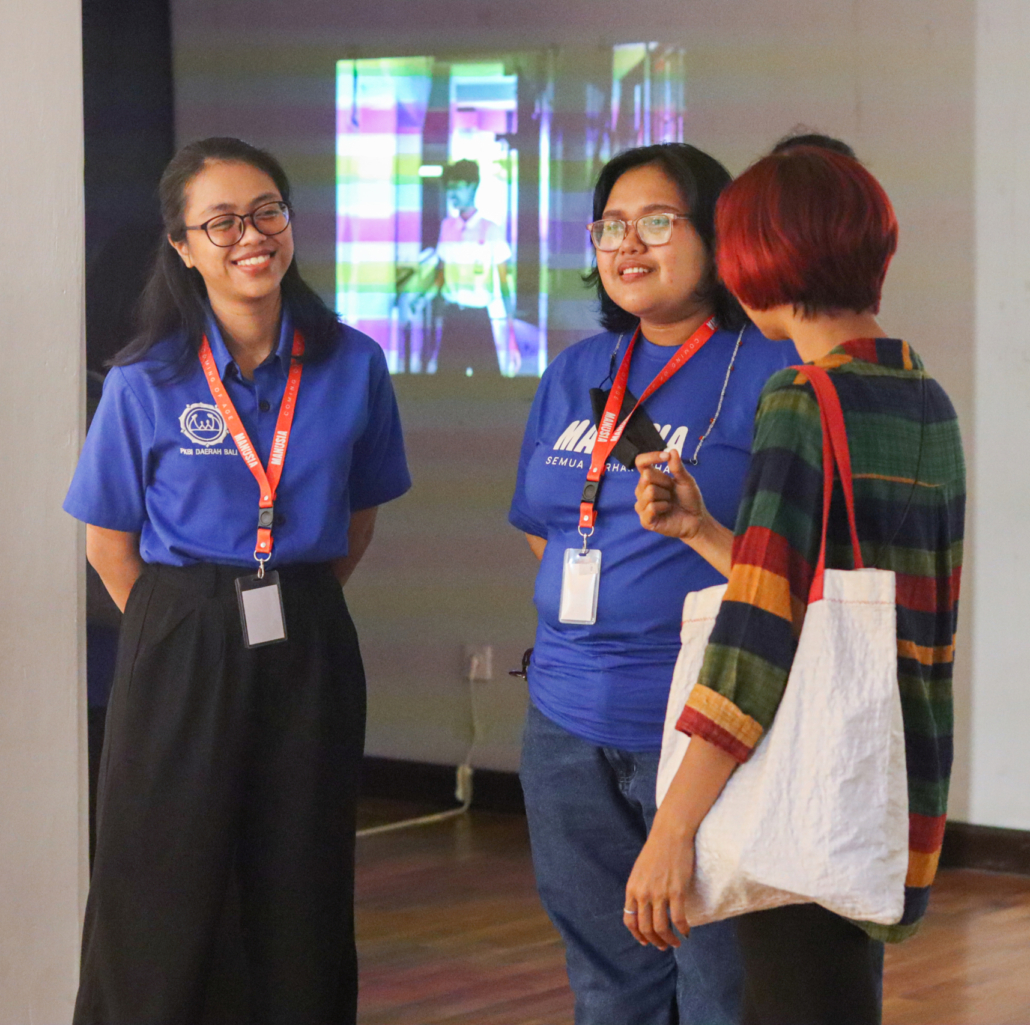
Eka Purni, Executive Director, PKBI Bali, (far left) and Fatima Gita Elhansi, Community Organizer, PKBI Bali, (center) talking with artist from partnering organization, Gurat Institute, at interactive art exhibition. Photo by: PKBI
Breakthrough ACTION connected with Ni Luh Eka Purni Astiti, Executive Director of PKBI Bali, to learn about her experience with the project.
Q: What made PKBI interested in developing GET 4 Youth?
A: The package’s purpose aligns with PKBI’s strategic plan, which aims to achieve social change through multilayered interventions at the individual and community levels. Importantly, the co-design process used to create the package involved adolescents from design through evaluation, which reflects PKBI’s mission.
As an NGO working at the grassroots level with limited exposure to research, we value the use of scientifically tested methods. The project was a valuable opportunity for us because it allowed us to incorporate evidence-based knowledge products into our program development.
For instance, the GET 4 Youth Pilot Package is accompanied by a theory of change that specifically addresses gender inequity through a variety of activities. This means we can use the package to adapt our program for different contexts and scale up our work when we are ready.
Q: What about the design process did you and your team find most exciting or beneficial?
A: The entire process was interesting to me and my team because it presented unique dynamics and challenges. We used a human-centered design (HCD) approach for the first time to develop ideas and create products that directly addressed community needs. HCD empowers affected communities to be agents of change instead of treating them as mere beneficiaries; it is a
manifestation of true community movements. We also established new and enduring partnerships through this project. For instance, our partnership with Gurat Institute, which comprises a community of young artists, has evolved to include other activities.
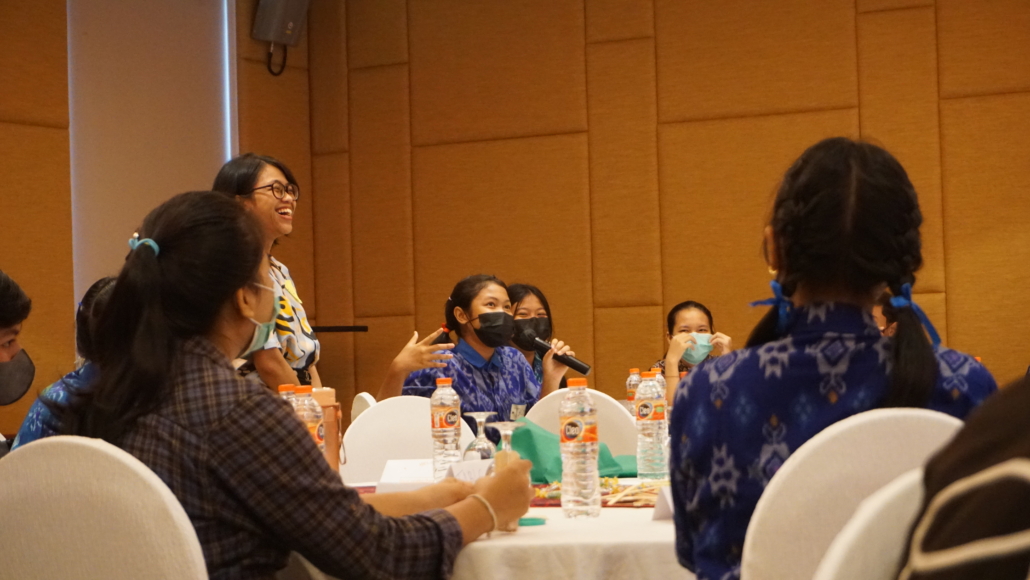
Eka Purni, Executive Director, PKBI Bali facilitating a co-design workshop with very young adolescents and parents. Photo by: PKBI
Q: The package comprises five components. Which component of the package did you find most valuable?
A: The family space activity was particularly noteworthy. The concept of the family space involves the participation of both parents or caregivers and children in the session to promote healthy communication between them. Unfortunately, this concept is rarely implemented, especially in the context of PKBI Bali’s work. Most family-related programs only target one parent, usually the mother.
Beyond any individual activity, we found the package’s comprehensive approach particularly valuable. The interventions target every key player in VYAs’ lives with methods tailored to each audience’s needs. This is uncommon in the context of PKBI Bali’s work, as existing programs typically treat the community as a monolithic audience. Because we engaged with young people in all aspects of design and package development, we know the package is responsive to their needs.
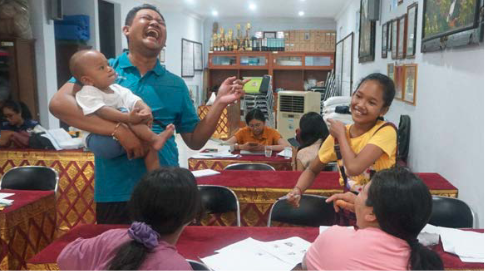
Caption: Family in Denpasar, Bali building communication skills through the Family Class intervention. Photo by: PKBI
Q: Could you share a few insights and ideas about how other organizations can set themselves up for success using this package? What can help them avoid common pitfalls?
A: Contextualization, which is crucial in defining community problems, affects the package’s ability to address those problems. When defining the problem, programs should involve not only the implementers but also the community—especially adolescents—who will be partners in the program implementation.
Build trust and ensure successful implementation by involving stakeholders in the planning stage. Doing so encourages shared ownership of the package and leads to more effective joint efforts towards creating gender equitable environment— and program sustainability.
When building partnerships with stakeholders, start with a well-connected individual who can connect you with other stakeholders in the community. In Indonesia, cross-sector communication is common, and stakeholders often know each other. Consider the authority and relevance of the stakeholders to the project before contacting them. Avoid relying solely on their connections. Instead, invite them to contribute to the package adaptation.
Finally, when advocating for social change, we must acknowledge many factors are beyond our control. Focus instead on what you can do and the resources available to you. Stay flexible when implementing interventions. The package’s guidelines are not always mandatory. Implementers can—and should—adapt components to accommodate changes in conditions that may affect activity methods. Evaluate your organization’s capabilities so you can maximize them to effectively implement the package.
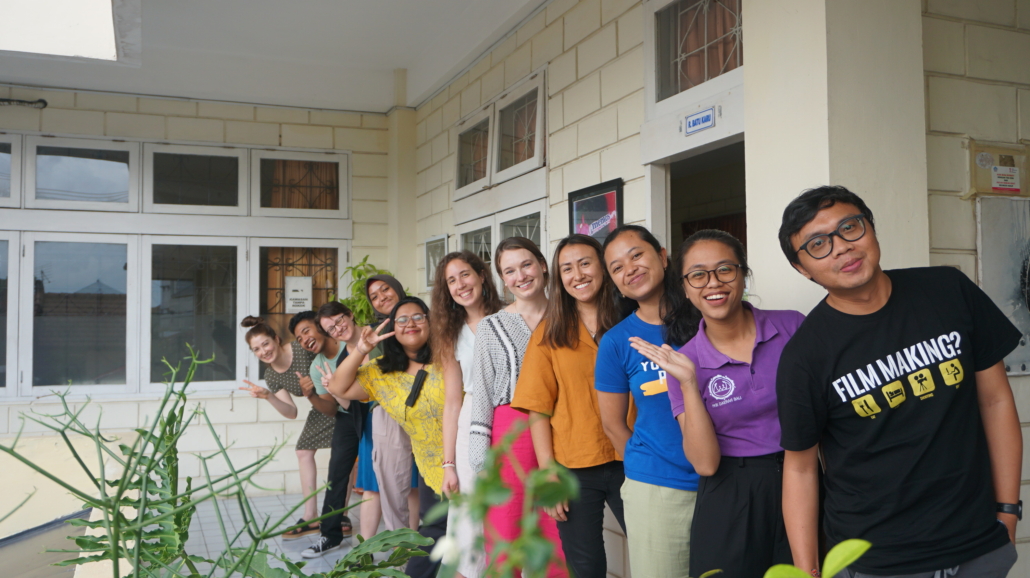
Eka Purni (second from right) with the rest of the core design team for the GET 4 YOUTH package at the PKBI offices in Denpasar, Bali, Indonesia. Photo by: PKBI
Written by: Meei Child, Communications Officer, Breakthrough ACTION

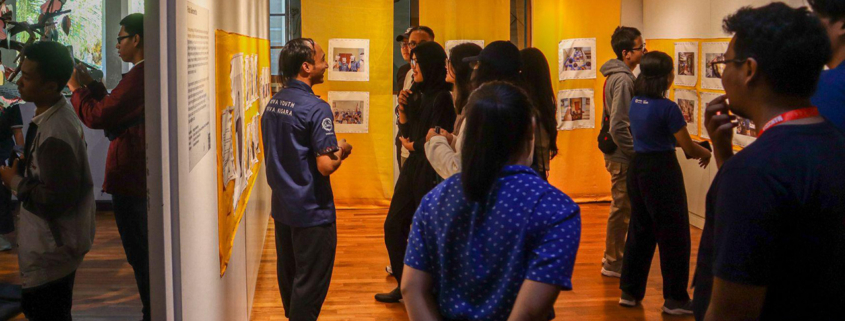 PKBI
PKBI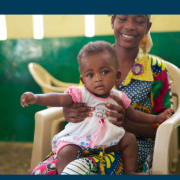 Sara Holbak/VectorWorks/Photoshare
Sara Holbak/VectorWorks/Photoshare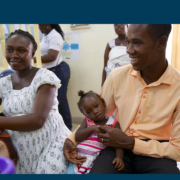 Sarah Hoibak/VectorWorks/Photoshare
Sarah Hoibak/VectorWorks/Photoshare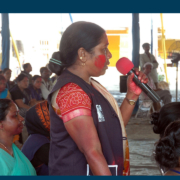 Gopal Bhattacharjee/Photoshare
Gopal Bhattacharjee/Photoshare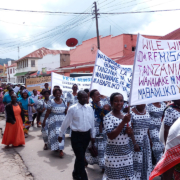 Rebekah Munnikhuysen/US Peace Corps/Photoshare
Rebekah Munnikhuysen/US Peace Corps/Photoshare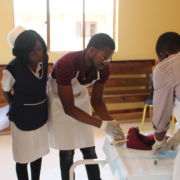
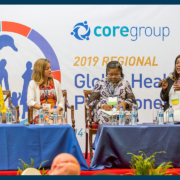 2019 CORE Group Global Health Practitioner Conference
2019 CORE Group Global Health Practitioner Conference